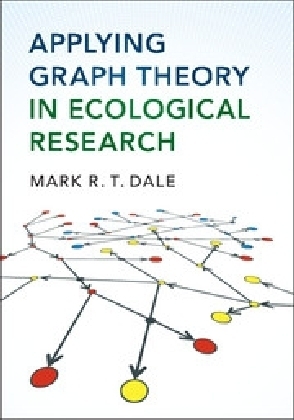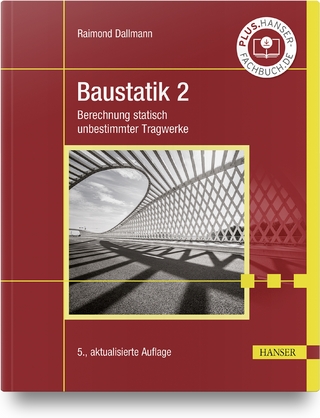
Applying Graph Theory in Ecological Research
Cambridge University Press (Verlag)
978-1-107-46097-3 (ISBN)
Graph theory can be applied to ecological questions in many ways, and more insights can be gained by expanding the range of graph theoretical concepts applied to a specific system. But how do you know which methods might be used? And what do you do with the graph once it has been obtained? This book provides a broad introduction to the application of graph theory in different ecological systems, providing practical guidance for researchers in ecology and related fields. Readers are guided through the creation of an appropriate graph for the system being studied, including the application of spatial, spatio-temporal, and more abstract structural process graphs. Simple figures accompany the explanations to add clarity, and a broad range of ecological phenomena from many ecological systems are covered. This is the ideal book for graduate students and researchers looking to apply graph theoretical methods in their work.
Mark R. T. Dale is a Professor in the Ecosystem Science and Management Program at the University of Northern British Columbia and Dean of Regional Programs. His research interests include the spatial structure of plant communities and the development and evaluation of numerical methods to answer ecological questions, including applications of graph theory. He wrote Spatial Pattern Analysis in Plant Ecology (Cambridge, 1999) and Spatial Analysis: A Guide for Ecologists (Cambridge, 2014).
Preface; 1. Graphs as structure in the ecological context; 2. Shapes of graphs: trees to triangles; 3. Species interaction networks; 4. Trophic networks: structure, partitioning, and dynamics; 5. Species associations, communities, and graphs of social structure ; 6. Competition: hierarchies and reversals; 7. Mutualism, parasitism, and bipartite graphs; 8. Temporal or time-only graphs; 9. Spatial graphs; 10. Spatio-temporal graphs; 11. Graph structure and system function: graphlet methods; 12. Synthesis and future directions; Visual glossary; References; Index; Appendix.
| Erscheinungsdatum | 10.11.2017 |
|---|---|
| Zusatzinfo | 14 Tables, black and white; 16 Plates, color; 231 Line drawings, black and white |
| Verlagsort | Cambridge |
| Sprache | englisch |
| Maße | 175 x 246 mm |
| Gewicht | 710 g |
| Themenwelt | Mathematik / Informatik ► Mathematik ► Angewandte Mathematik |
| Naturwissenschaften ► Biologie ► Botanik | |
| Naturwissenschaften ► Biologie ► Ökologie / Naturschutz | |
| Naturwissenschaften ► Geowissenschaften ► Geografie / Kartografie | |
| Technik ► Umwelttechnik / Biotechnologie | |
| ISBN-10 | 1-107-46097-2 / 1107460972 |
| ISBN-13 | 978-1-107-46097-3 / 9781107460973 |
| Zustand | Neuware |
| Haben Sie eine Frage zum Produkt? |
aus dem Bereich


